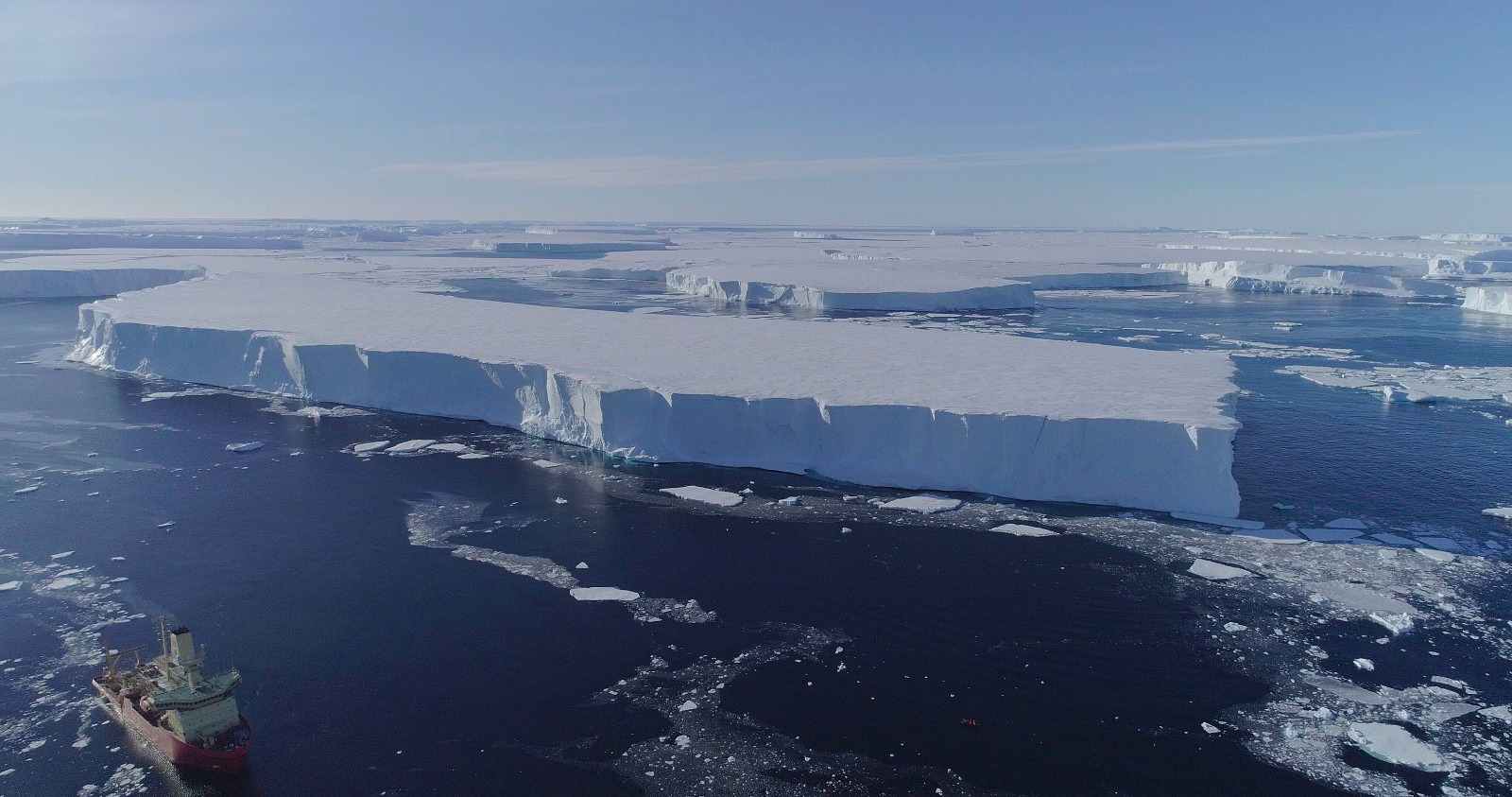The “Doomsday Glacier”: A Threat or an Overblown Concern?
The Thwaites Glacier in West Antarctica, often nicknamed the “Doomsday Glacier,” has been making headlines recently due to concerns about its potential impact on global sea levels. But how much do we truly understand about this glacier, and should we be worried?
The Melting Giant:
- The Thwaites Glacier is enormous, roughly the size of Florida.
- It’s located in a critical location, acting as a “buttress” for other glaciers in West Antarctica.
- If the Thwaites Glacier were to collapse entirely, it could contribute significantly to sea level rise.
The Cause for Concern:
- The Thwaites Glacier is melting rapidly. Studies suggest it has lost over 50 billion tons of ice since 1940.
- Warm ocean currents are eroding the glacier from below, contributing to its retreat.
- The collapse of the Thwaites Glacier could trigger a domino effect, causing other glaciers in the region to destabilize and melt as well.
But is it all doom and gloom?
- Scientists are still uncertain about the exact timeline for any potential collapse.
- The complete collapse of the Thwaites Glacier is considered a worst-case scenario and might not happen for centuries.
- Efforts are underway to better understand the glacier and its stability through ongoing research and monitoring.
What can we do?
- Combatting climate change is crucial to slow down the melting process of the Thwaites Glacier and other glaciers worldwide.
- Investing in research can help us gain a deeper understanding of the glacier and predict its future behavior.
- Developing strategies to adapt to rising sea levels is essential, regardless of the fate of the Thwaites Glacier.
Antarctica doomsday glacier
1. What is the Thwaites Glacier and why is it nicknamed “Doomsday Glacier”?
The Thwaites Glacier is a massive glacier in West Antarctica. It’s nicknamed “Doomsday Glacier” due to concerns that its collapse could significantly contribute to global sea level rise.
2. Why is the Thwaites Glacier melting?
Warm ocean currents are eroding the glacier from below, causing it to melt at an alarming rate.
3. What would happen if the Thwaites Glacier collapsed entirely?
Sea levels could rise by several meters, potentially inundating coastal cities and displacing millions of people worldwide. However, it’s important to note that this is a worst-case scenario and might not happen for centuries.
4. Are scientists certain the Thwaites Glacier will collapse?
No, scientists are uncertain about the exact timeline for any potential collapse. Predicting the future behavior of glaciers is complex and depends on various factors.
5. What are we doing about the Thwaites Glacier?
Research: Scientists are actively studying the glacier to better understand its stability and potential future behavior.
Climate action: Combating climate change is crucial to slow down the melting process of the Thwaites Glacier and other glaciers worldwide.
Adaptation: Developing strategies to adapt to rising sea levels is essential, regardless of the fate of the Thwaites Glacier.
6. Should we be worried about the Thwaites Glacier?
The situation is complex and requires a cautious approach. While the potential consequences of its collapse are significant, understanding the current state of knowledge and ongoing efforts to address the issue can help us approach the situation with an informed perspective.
